
 i_need_contribute
i_need_contribute
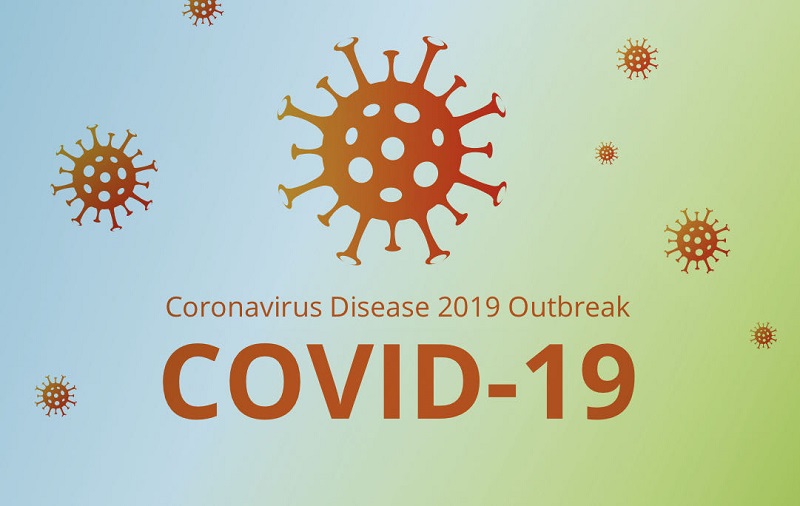
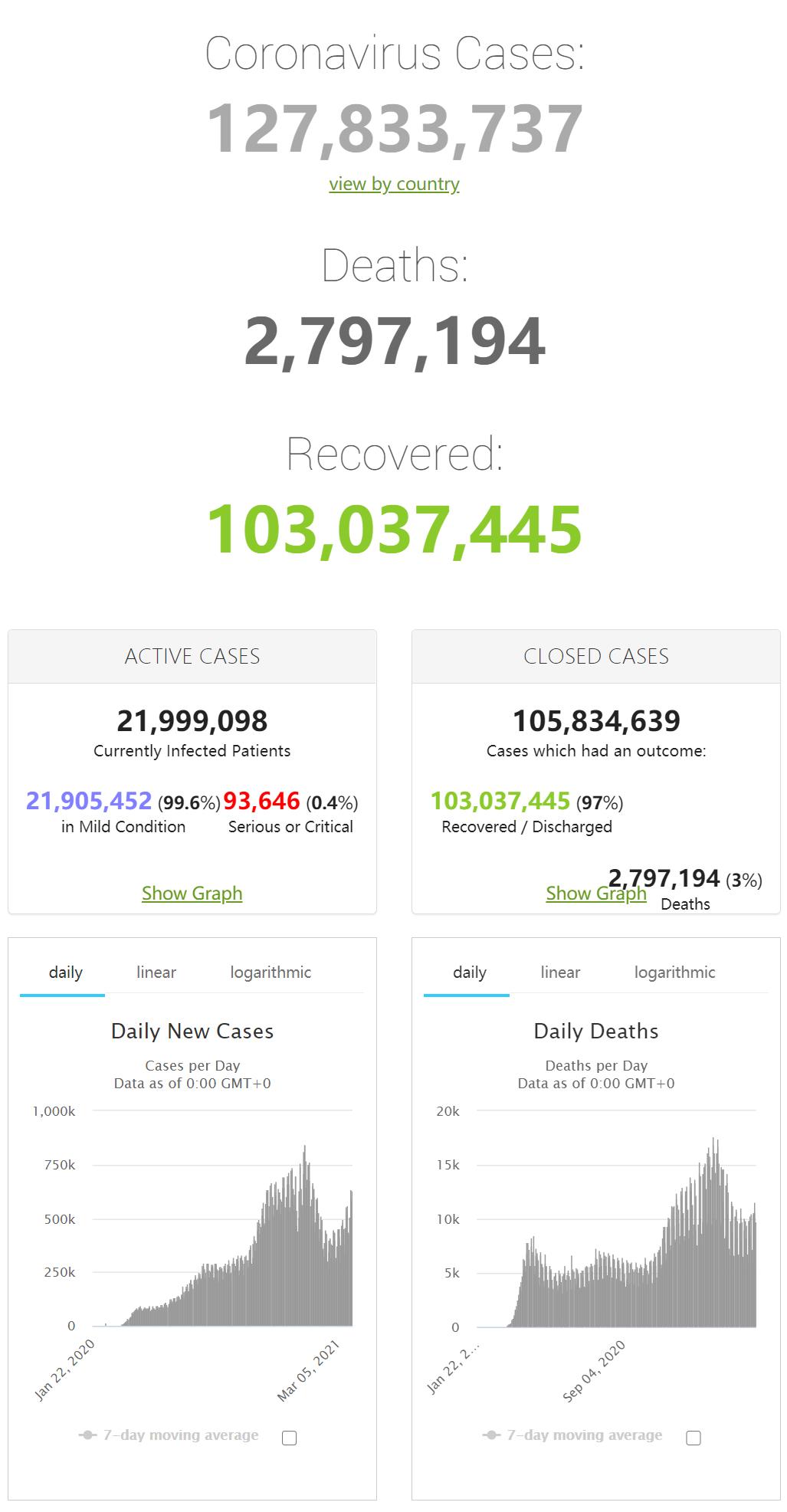
|
Country, |
Total |
New |
Total |
|
World |
127,763,220 |
+486,724 |
2,795,878 |
|
30,962,803 |
+44,096 |
562,526 |
|
|
12,534,688 |
+44,326 |
312,299 |
|
|
12,039,210 |
+68,206 |
161,881 |
|
|
4,545,589 |
+37,014 |
94,596 |
|
|
4,519,832 |
+9,088 |
97,740 |
|
|
4,333,042 |
+3,862 |
126,592 |
|
|
3,532,057 |
+19,611 |
107,933 |
|
|
3,255,324 |
+7586 |
75,010 |
|
|
3,208,173 |
+29,058 |
31,076 |
|
|
2,786,345 |
+13,651 |
76,468 |
|
|
2,382,730 |
+7,139 |
62,955 |
|
|
2,308,597 |
+7,208 |
55,449 |
|
|
2,250,991 |
+29,253 |
51,884 |
|
|
2,224,767 |
+4,922 |
201,429 |
|
|
1,855,674 |
+8,751 |
62,397 |
|
|
1,644,063 |
+11,932 |
31,954 |
|
|
1,545,431 |
+965 |
52,663 |
|
|
1,529,882 |
+8,909 |
51,469 |
|
|
1,515,029 |
+3,955 |
25,874 |
|
|
1,496,085 |
+4,083 |
40,449 |
|
|
1,252,437 |
+7,430 |
16,465 |
|
|
977,243 |
+7,330 |
22,754 |
|
|
965,404 |
+4,321 |
22,880 |
|
|
936,618 |
+4,439 |
23,114 |
|
|
866,063 |
+5,332 |
22,870 |
|
|
832,428 |
+5,271 |
14,212 |
|
|
831,924 |
+541 |
6,185 |
|
|
820,407 |
+365 |
16,837 |
|
|
721,892 |
+9,475 |
13,170 |
|
|
654,591 |
+4,767 |
14,215 |
|
|
633,861 |
+9,082 |
19,972 |
|
|
595,714 |
+3,908 |
8,904 |
|
|
589,316 |
+7,183 |
6,554 |
|
|
585,506 |
+3,889 |
5,190 |
|
|
536,465 |
+2,679 |
9,256 |
|
|
494,659 |
+301 |
8,798 |
|
|
466,849 |
+1,983 |
9,031 |
|
|
461,062 |
+2,724 |
6,096 |
|
|
455,197 |
+2,128 |
1,481 |
|
|
388,325 |
+531 |
6,650 |
|
|
357,910 |
+925 |
9,496 |
|
|
353,839 |
+342 |
6,100 |
|
|
341,944 |
+1,302 |
1,255 |
|
|
328,753 |
+983 |
12,710 |
|
|
324,482 |
+1,783 |
16,738 |
|
|
318,681 |
+1,050 |
2,219 |
|
|
280,301 |
+365 |
3,751 |
|
|
276,839 |
+89 |
3,027 |
|
|
269,302 |
+591 |
12,165 |
|
|
267,222 |
+1,321 |
5,893 |
|
|
256,201 |
+1,831 |
3,491 |
|
|
254,031 |
+1,441 |
7,880 |
|
|
251,983 |
+401 |
3,304 |
|
|
250,565 |
+862 |
8,735 |
|
|
240,381 |
+1,596 |
2,994 |
|
|
236,462 |
+1,714 |
2,581 |
|
|
234,541 |
+604 |
4,666 |
|
|
228,299 |
+1,121 |
1,286 |
|
|
228,013 |
+964 |
2,414 |
|
|
226,521 |
+861 |
4,827 |
|
|
212,678 |
+640 |
4,018 |
|
|
208,655 |
+2,058 |
4,063 |
|
|
200,563 |
+1,769 |
2,801 |
|
|
200,050 |
+686 |
11,882 |
|
|
193,377 |
+327 |
6,802 |
|
|
190,317 |
+777 |
3,464 |
|
|
187,015 |
+678 |
4,557 |
|
|
156,849 |
+733 |
2,618 |
|
|
156,655 |
+992 |
1,565 |
|
|
156,087 |
+2,249 |
1,661 |
|
|
142,385 |
+8 |
3,206 |
|
|
141,845 |
+1,027 |
513 |
|
|
130,214 |
+884 |
2,117 |
|
|
126,938 |
+708 |
3,675 |
|
|
124,134 |
+493 |
2,210 |
|
|
116,836 |
+86 |
3,080 |
|
|
103,630 |
+892 |
868 |
|
|
101,757 |
+482 |
1,722 |
|
|
101,040 |
+324 |
1,878 |
|
|
97,406 |
+1,539 |
915 |
|
|
90,167 |
+8 |
4,636 |
|
|
90,083 |
+351 |
1,245 |
|
|
88,092 |
+146 |
1,495 |
|
|
87,872 |
+145 |
1,200 |
|
|
82,340 |
+194 |
626 |
|
|
76,003 |
+458 |
817 |
|
|
72,503 |
+919 |
415 |
|
|
67,197 |
+186 |
764 |
|
|
44,631 |
+326 |
252 |
|
|
9,259 |
+45 |
82 |
|
|
9,097 |
+2 |
177 |
|
|
2,591 |
+5 |
35 |
Retrieved from: https://www.worldometers.info/coronavirus/
From CNN’s Jen Christensen
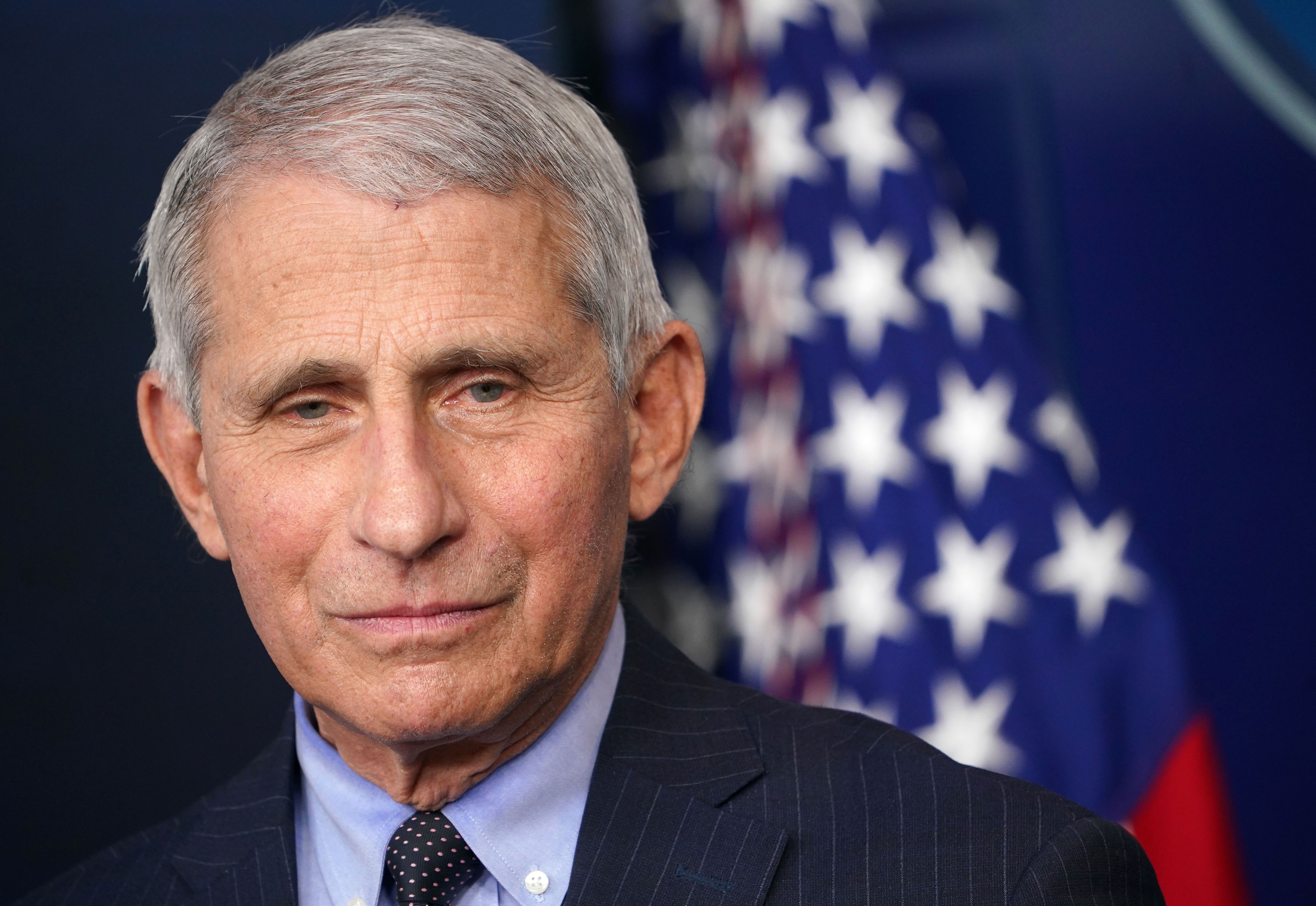
Dr. Anthony Fauci, director of the National Institute of Allergy and Infectious Diseases, attends a briefing at the White House on January 21. Mandel Ngan/AFP/Getty Images
Dr. Anthony Fauci labeled the theory that former US Centers for Disease Control and Prevention Director Dr. Robert Redfield shared with CNN that the novel coronavirus spread earlier and "escaped" from a lab in China as just “an opinion.”
“Obviously, there are a number of theories,” said Fauci, director of the National Institute of Allergy and Infectious Diseases and chief medical adviser to President Joe Biden, during a White House Covid-19 Response Team briefing on Friday. “Dr. Redfield was mentioning that he was giving an opinion as to a possibility, but again, there are other alternatives – others, that most people hold by.”
Redfield expressed his opinion in a CNN documentary clip released Friday that he believes the novel coronavirus began transmitting in fall 2019 and that the virus may have originated in a lab in China.
This is earlier than the understood timeline of the pandemic and shows his belief in what’s considered a politically charged and unproven theory about how the coronavirus first emerged.
“If I was to guess, this virus started transmitting somewhere in September, October in Wuhan,” Redfield told Gupta in a clip that aired Friday on CNN New Day. “That's my own feelings. And only opinion. I’m allowed to have opinions now.”
Redfield, a virologist who led the CDC under former President Donald Trump, said he thinks the virus originated inside a lab in China and “escaped,” not necessarily intentionally.
Fauci said Friday there are other public health officials who believe the virus could have been spreading in the community in China for several weeks, if not a month or more, before it was recognized in a lab. “If that were the case, the virus clearly could have adapted itself to a greater efficiency of transmissibility over that period of time up to an at the time, it was recognized.“
The current CDC director, Dr. Rochelle Walensky, said during the Friday briefing that she doesn’t have any indication “for or against” either of the hypotheses Fauci shared.
From CNN's Frederik Pleitgen, Livvy Doherty and Rob Picheta
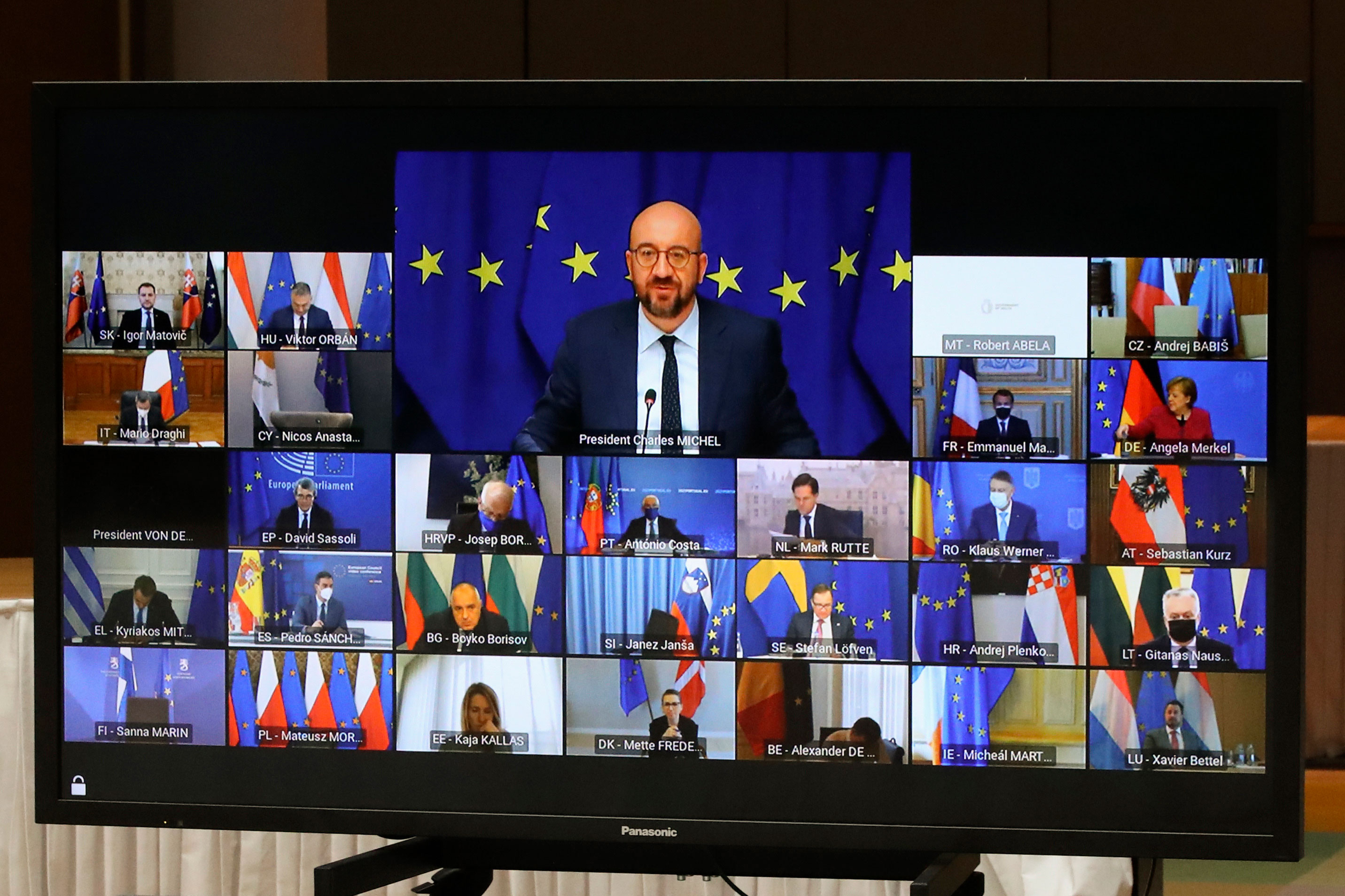
European Council President Charles Michel, top of screen, speaks with European Union leaders during a virtual summit in Brussels, Belgium, on March 25. Yves Herman/Pool/AP
European Union leaders met Thursday at a virtual summit designed to push AstraZeneca to speed up its deliveries of tens of millions of Covid-19 vaccines bound for the bloc, hoping to present a united front as it continues to wrangle with the drug giant over the shortfall.
But the virtual summit exposed tense divisions within the EU itself; several countries expressed concerns that doses are being distributed unfairly around the region, and part of the meeting was hijacked by Austrian Chancellor Sebastian Kurz, who demanded a greater share of shots for his country.
“We have worked hard to ensure that the gap within the #EU in terms of vaccination coverage for the population does not widen any further," Kurz tweeted after the meeting, adding that he expects "a fairer delivery of vaccines in the EU" in the coming months.
What the EU agreed: The EU has been engaged in a tense back-and-forth with AstraZeneca over vaccine supplies to the bloc after the firm said it would not be able to meet its full delivery targets.
That shortfall has led to internal squabbles over which countries are prioritised when sought-after vaccine deliveries arrive. EU leaders agreed Thursday to tighten rules to allow for an export ban on vaccines but has so far stopped short on actually imposing a ban.
European Commission President Ursula von der Leyen said the bloc will create “transparency” by introducing a principle of proportionality and reciprocity on vaccine supply chains.
In a swipe targeted at Britain, she added that she had "no knowledge so far of UK exports," essentially accusing it of implementing a de facto export ban. Von der Leyen said she was "waiting for that transparency."
The UK's vaccine rollout has far outpaced Europe's, but the country, which recently left the EU, relies on exports from the bloc for some of its doses.
“The bottom line is: we invite others to match our openness,” von der Leyen said.
The background: Rising coronavirus infection rates across much of Europe have created an increasingly dire backdrop to the quarrelling. France imposed tougher restrictions on social gatherings on Thursday as it battles a third wave of Covid-19, while sharp rises in case loads have been reported this week in Germany, Poland and the Netherlands.
Von der Leyen said she still expects to achieve the goal of vaccinating 70% of the EU's adult population by this summer.
“But of course we all know we could have been much faster if all pharmaceutical companies had fulfilled their contracts,” she added.
From CNN’s Martin Goillandeau

People sit along the Seine river bank in Paris on March 24. Michel Euler/AP
Germany declared the whole of France, including the overseas territories, as a “high risk” area of infection with Covid-19 on Friday, according to the country’s health institute Robert Koch.
The new designation means travelers from France will be required to observe a quarantine period on arrival to Germany and to have a negative test of less than 48 hours, according to the institute’s website.
German Chancellor Angela Merkel said on Thursday that Germany was about to list France as a “high risk” zone.
“If you look at the incidence rate, it is factually necessary,” she said at a news conference in Berlin.
Incidence rates, which measure the number of infections per 100,000 inhabitants over the past seven days, are above the 200 threshold in many French departments, according to government data. The national average in Germany on Friday was about 119, per data published on the Robert Koch Institute’s website.
France's border area of Moselle was already on Robert Koch Institute’s list of “virus variant areas” (the highest level of alert) since March 2 because of the rapid spread of the South African virus variant there.
Retrieved from: https://edition.cnn.com/world/live-news/coronavirus-pandemic-vaccine-updates-03-29-21/index.html

The new Excelsior Pass app, which people in New York State can download to show proof of vaccination or a negative coronavirus test.Credit...NY Governor's Press Office, via Associated Press
New York State has introduced a digital app that allows individuals to prove they have been fully vaccinated against the coronavirus or have recently tested negative, as part of an effort to fast-track the reopening of businesses, sports arenas and entertainment venues in the state.
New York is the first state to formally create a digital passport for Covid-19. The free online platform, called Excelsior Pass, was developed with IBM and works like a mobile airline boarding pass. Users are assigned a digital pass with a secure QR code, which they can print out or save to their smartphones. Participating businesses then use a companion app to scan the customer’s QR code and verify their Covid status. The state said people’s data would be kept secure and confidential.
“The question of ‘public health or the economy’ has always been a false choice — the answer must be both,” Gov. Andrew M. Cuomo said in a statement. “As more New Yorkers get vaccinated each day and as key public health metrics continue to regularly reach their lowest rates in months, the first-in-the-nation Excelsior Pass heralds the next step in our thoughtful, science-based reopening.”
The Biden administration has been monitoring private and nonprofit efforts to develop vaccine passports, and is working to ensure that they meet certain standards, including for privacy, Jeffrey D. Zients, the White House coronavirus response coordinator, told reporters this month.
“As we increase the number of people vaccinated, we know some people may have a need to demonstrate that they are vaccinated,” Mr. Zients said. “The private sector and not-for-profit coalitions are already beginning to work on this. Our role is to help ensure that any solutions in this area should be simple, free, open source, accessible to people both digitally and on paper, and designed from the start to protect people’s privacy.”
As part of the initial launch, New Yorkers can use the digital pass to verify their Covid-19 status to attend games at stadiums and arenas, wedding receptions or other events above the state’s social gathering limit.
Major venues, including the 20,000-seat Madison Square Garden in New York City, have announced they plan to use this technology in the coming weeks. Beginning April 2, smaller arts and entertainment venues can also use Excelsior Pass. Interested New Yorkers can sign up for the app here.
The Centers for Disease Control and Prevention recently released its guidance for people in the United States who have been fully vaccinated, which is two weeks after the second dose in the Pfizer-BioNTech or Moderna vaccine or two weeks after the one-dose Johnson & Johnson vaccine.
It allows for the resumption of some activities in private settings between fully vaccinated people in small groups or a fully vaccinated household with one other unvaccinated household. It emphasized how fully vaccinated people should keep following health and safety precautions in public, including wearing a mask.
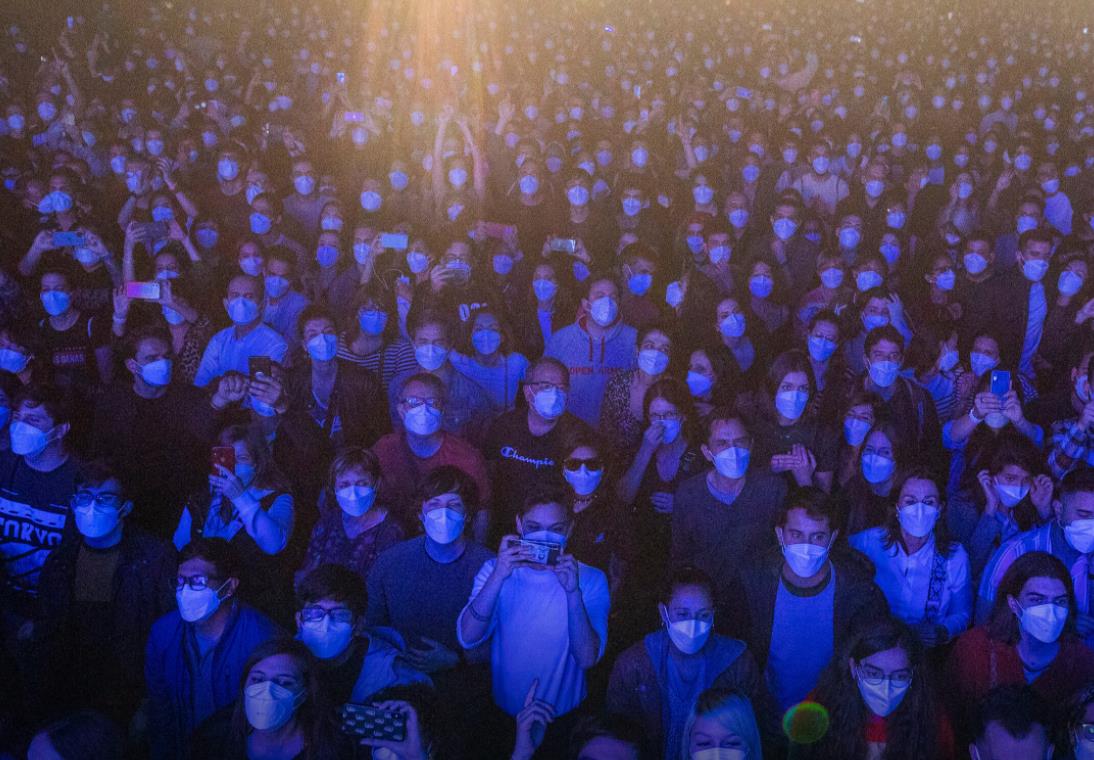
A concert for 5,000 people was held at a Barcelona arena on Saturday, one of several planned in Europe to test how crowds can gather safely during the pandemic. Attendees were screened for the coronavirus before the show.CreditCredit...Emilio Morenatti/Associated Press
BARCELONA, Spain — Mireia Serret, a 21-year old student at the University of Barcelona, said that she was not a big fan of the band that played here on Saturday, nor does she normally like large crowds.
Nevertheless, she snapped up one of the 5,000 tickets to Europe’s biggest indoor rock concert since the start of the pandemic. “It had just been too long since I was last able to dance and have fun at a concert,” she said.
Organized by a group of Spanish music promoters as part of an initiative called “Festivals for Safe Culture,” the concert in the Palau de Sant Jordi was presented as Europe’s boldest effort to get thousands into an indoor venue, without seating or mandatory social distancing. The sole act was Love of Lesbian, a Spanish indie rock band formed decades ago.
A hospital team helped test the concertgoers for the coronavirus beforehand. Six people tested positive, according to the organizers. The team is relying on public medical records to track whether any concertgoers later test positive.
At a time when countries like France and Italy have recently put their residents back under lockdown to help stop another wave of infection, the people behind the Barcelona event said their goal was to look ahead.
Such trial events have been held in several European countries, including in Germany and the Netherlands. The British government will run a series of test events next month, including one at a nightclub in Liverpool.
Europe’s famed summer music festivals are in doubt again this year. Several festivals have already canceled their June lineups, including Rock am Ring at the Nürburgring racetrack in Germany and Sonar festival in Barcelona.
Still, Roskilde, Denmark’s biggest festival, hopes to go on in June with acts including the rapper Kendrick Lamar. The Danish government said last week that it aims to restart pop concerts starting May 6 with the help of a “corona passport” that will allow people to show their status of vaccination, proof of recent negative tests for the virus or documentation they have recovered from Covid-19.
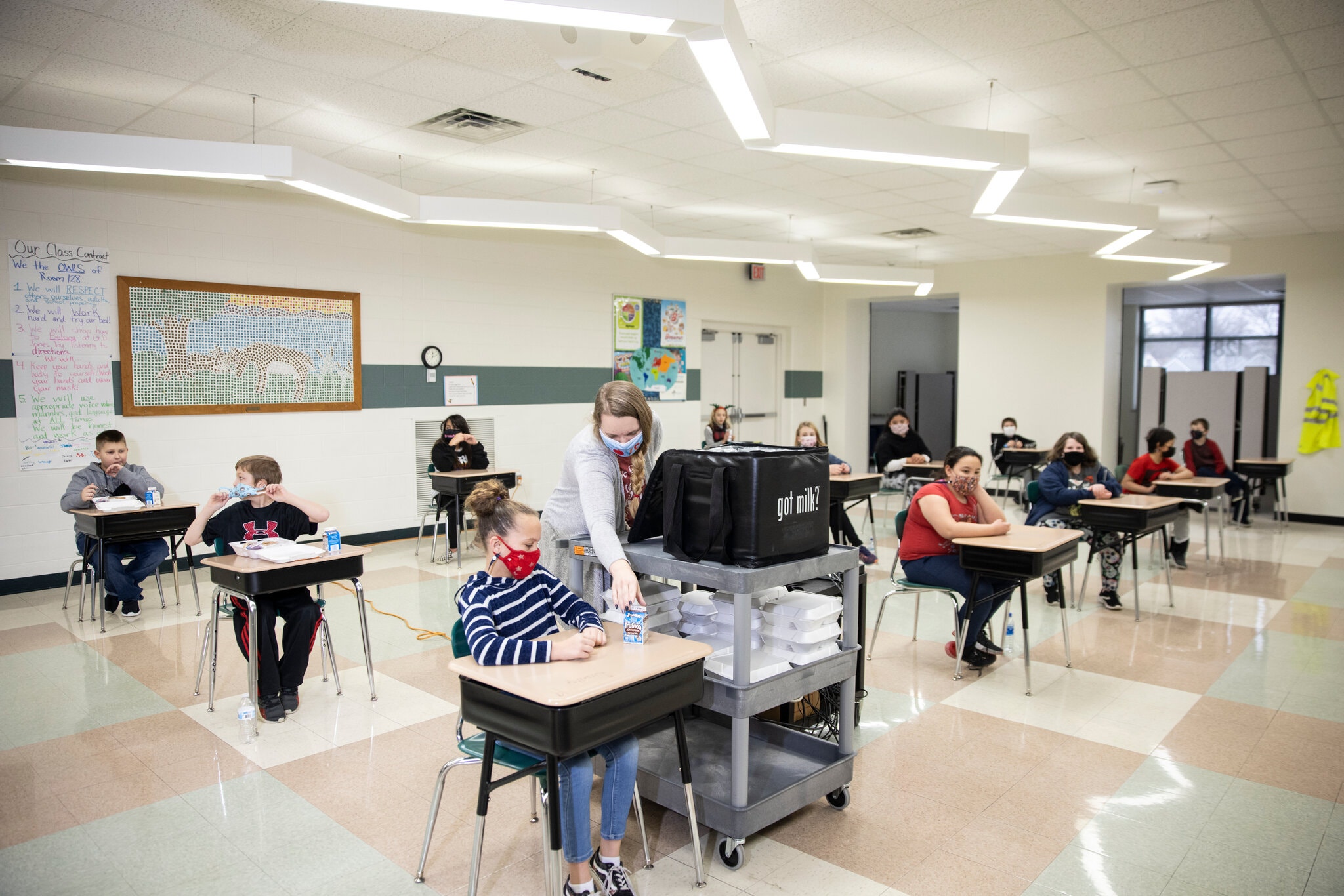
Alanna Ehrike handing out milk and lunches to her fifth-grade class in Wausau, Wis., in December.Credit...Jenn Ackerman for The New York Times
Few professions have been more upended by the pandemic than teaching has, as school districts have vacillated between in-person, remote and hybrid models of learning, leaving teachers concerned for their health and scrambling to do their jobs effectively.
For students considering the profession, the disruptions in education this past year have seeded doubts, which can be seen in declining enrollment numbers.
A survey by the American Association of Colleges for Teacher Education found that teaching programs had a 19 percent drop in enrollment this year at the undergraduate level and an 11 percent decline at the graduate level. And Teach for America, which recruits recent college graduates to teach in low-income schools across the country, said it had received fewer applications for its fall 2021 corps compared with this period last year.
Many program leaders believed that enrollment numbers declined because of the perceived hazards posed by in-person teaching and the difficulties of remote learning, combined with longstanding frustrations over low pay compared with professions that require similar levels of education. (The national salary average for a public-school teacher was roughly $61,000 in 2017.) Some are hopeful that enrollment will return to its prepandemic level as vaccines continue to roll out and schools resume in-person learning.
But the challenges in teacher recruitment and retention run deeper: The number of education degrees conferred by American colleges and universities dropped 22 percent from 2006 to 2019, despite an overall increase in the number of graduates from universities in the United States, stoking concerns about a future teacher shortage.
· In Germany, Chancellor Angela Merkel warned of potential curfews as case rates continue to climb. The country’s vaccination rate — 10 percent of the population has received at least a first shot, according to a New York Times database — is behind other nations in Europe and around the world.
· Britain, where at least 45 percent of the country is partly vaccinated, is set to lift at least two lockdown measures. As of Monday, up to six people, or two households, can gather outside; and outdoor sports sites, like tennis courts and basketball courts, can be used to a limited degree.
· In Australia, the city of Brisbane announced a three-day lockdown after seven people were infected with the coronavirus, the first citywide lockdown in the country in more than a month. Starting at 5 p.m. on Monday, residents of Australia’s third-largest city will be allowed to leave their houses only for essential purposes — such as buying groceries, exercising or seeking medical care — and masks will be mandatory in public. Tests showed the virus spreading in Brisbane is the highly contagious variant first detected in Britain, officials said.